
The leaves on a bonsai can turn hard due to several causes, including: nutrient deficiencies, lack of water, and too much sunlight. Nutrient deficiencies can occur when the soil does not contain enough essential elements for the plant’s health. Lack of water can also cause leaves to become dry and brittle; this is because a bonsai requires frequent watering in order to keep its tiny root system hydrated. Overexposure to sunlight may also cause leaf damage as intense rays break down tissues and cause them to harden.
Contents:
- Understanding Bonsai Care Basics
- Environmental Factors that Affect Bonsai Health
- The Role of Watering and Soil in Bonsai Maintenance
- Fertilizers and Nutrient Deficiencies in Bonsai Trees
- Common Pests and Diseases that Affect Bonsai Leaves
- Tips for Proper Pruning Techniques to Maintain Healthy Branches
- Troubleshooting: What to Do When Your Leaves Start Turning Hard
To remedy hardening leaves on your bonsai tree, you should check the soil nutrients and consider feeding the plant with an appropriate fertilizer or compost tea if it is lacking key nutrients such as nitrogen or phosphorous. Make sure you are providing adequate irrigation for your bonsai during hot summer days – but be careful not to overwater it. Move your bonsai out of direct sunlight during peak hours if necessary in order to protect its delicate leaves from sunburns.
Understanding Bonsai Care Basics
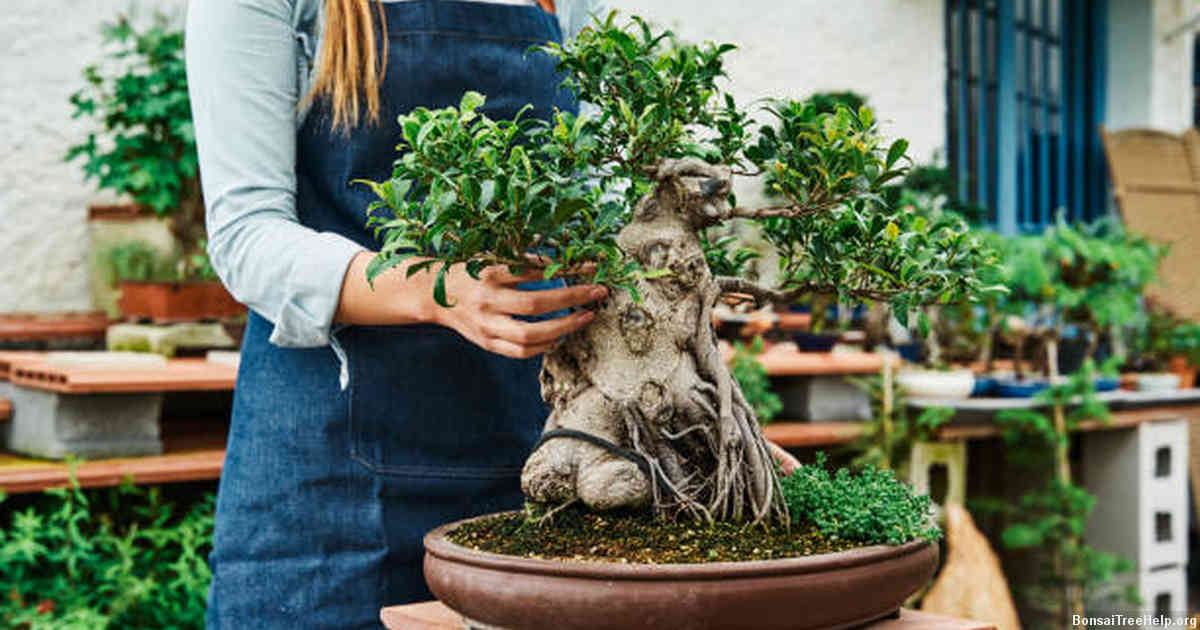
Caring for a bonsai tree is an art and science, requiring consistent pruning, trimming, and watering. While this may sound intimidating to someone new to the hobby, it’s really quite straightforward once you familiarize yourself with some basic principles. To help get started in understanding how to care for your bonsai correctly, here are a few key points of consideration.
First of all, remember that bonsais have specific light requirements. Because they originate from tropical environments, they like ample bright sunlight – especially during the summer months when growth is abundant. On the other hand, during the winter months they should be brought inside or moved somewhere with less harsh direct light because prolonged exposure to freezing temperatures can irreparably harm them.
In addition to light considerations, humidity is also important as too little or too much can also lead to unhealthy leaves turning hard or yellowing prematurely. To ensure optimal levels of hydration for your bonsai tree use either a humidifier or mist several times per day with water spray bottle. Watering frequency can play an integral role in leaf health; overwatering can suffocate delicate roots while dry soil will cause dehydration; aim for moist but never soaking wet soil when filling up its potting container each time you water it.
Environmental Factors that Affect Bonsai Health
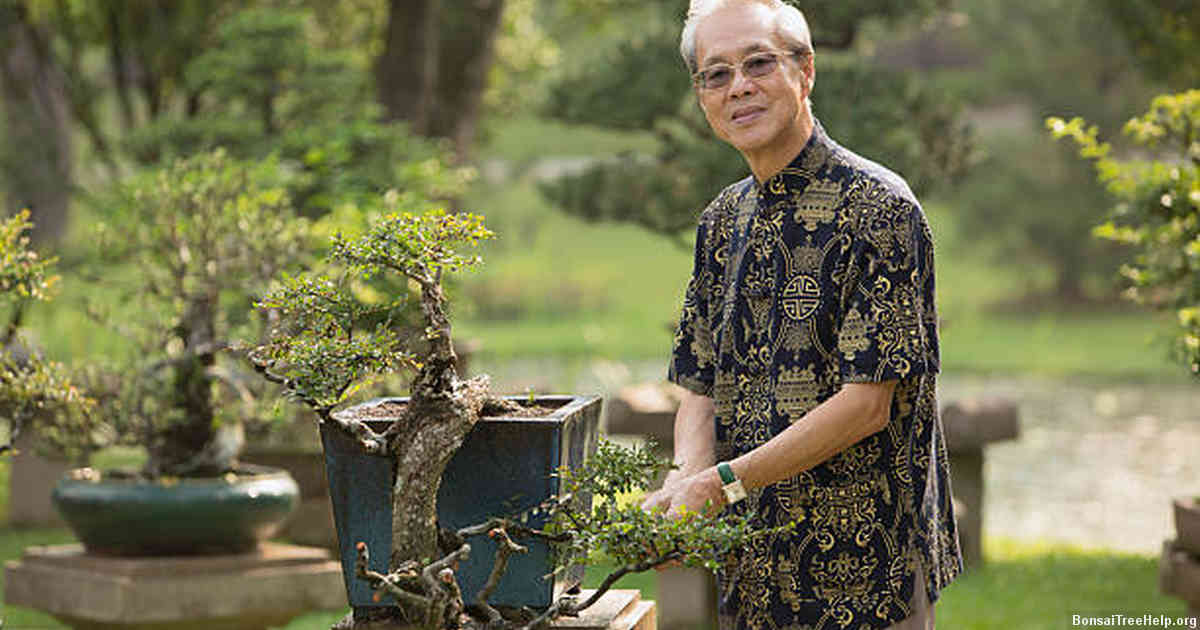
When caring for a bonsai, it is important to be aware of the environment in which it resides. Environmental factors like temperature, humidity and light can significantly affect a bonsai’s health. If a bonsai is exposed to an environment with temperatures that are too high or too low, its leaves may turn hard or even curl up as a response to stress from the extreme conditions. To prevent this from happening, make sure your bonsai tree has access to well-ventilated areas away from direct sunlight. Regulate temperature swings by keeping your bonsai near open windows during winter and in more shaded spots during summertime.
Humidity levels also have an effect on the overall health of your bonsai; trees that live in dry climates will need more water than those living in humid environments. Aim for soil moisture levels between 40% and 50%. Too much or not enough humidity can cause wilting or yellowing of leaves which could eventually lead to leaf hardening if left unchecked for extended periods of time. If you live in a particularly dry area and find that your tree isn’t getting enough hydration through normal means then you might need to employ certain techniques such as misting the foliage regularly to raise humidity levels around the plant itself.
Adequate light exposure is crucial for healthy growth in most plants including bonsais – though they do not tolerate direct sun very well due to their small size (especially during peak hours). Place your tree near windows so that it receives indirect sunlight throughout the day while still remaining comfortably cool at all times. Supplement any lack of natural lighting with fluorescent lamps kept several feet away from the plant itself; just make sure never leave them on overnight as this disrupts natural photosynthesis cycles within plants leading to further health issues down the line like brown patches on leaves or death altogether.
The Role of Watering and Soil in Bonsai Maintenance
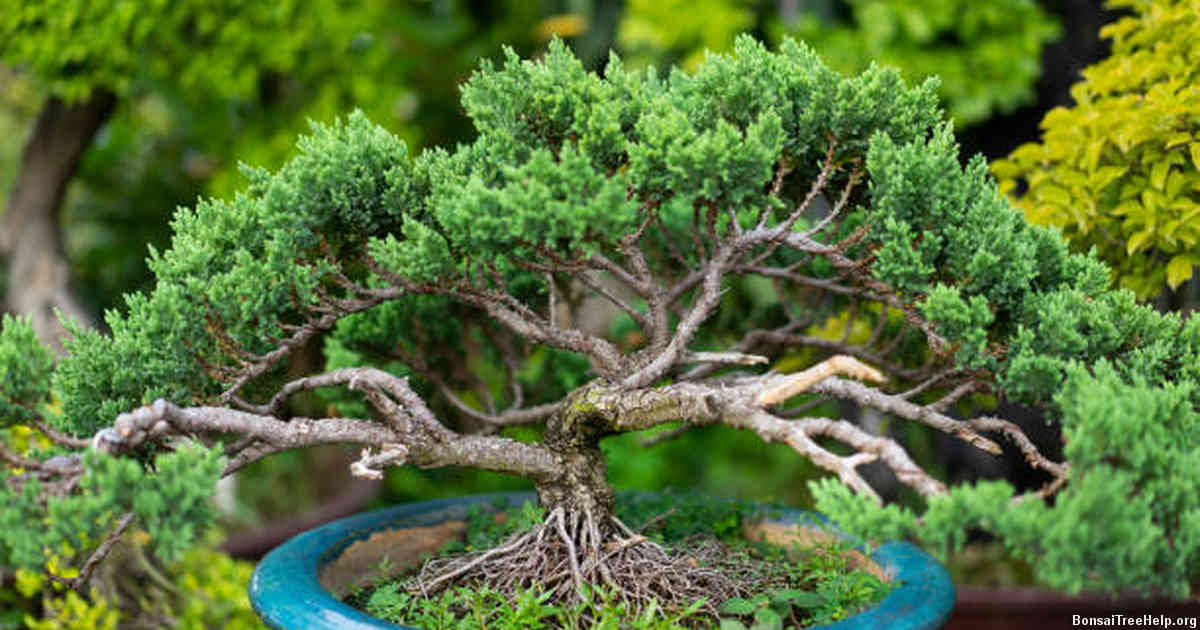
Watering and soil are key components in maintaining a healthy bonsai. Plants use water for growth and photosynthesis, so it is important to keep your bonsai adequately hydrated. In addition to providing moisture, the right soil mix can provide essential nutrients that support a thriving plant. An ideal potting soil should be loose and well-draining so as not to cause root rot or suffocate the roots of your delicate bonsai. Overwatering or poor drainage caused by heavy soils can lead to leaves drying out and turning hard on a bonsai tree. It is best practice to check the soil before watering – if the top inch or two feels dry, then you will need to water your bonsai. Keeping an eye on how much water you give your tree helps determine what amount works best for its health. Too little water results in stunted growth whereas too much overwhelms roots, stunts new leaf production, drowns any remaining foliage and also causes yellowing of leaves which tend to become dry and brittle quickly afterward. Ensure that when you do water your tree, enough moisture penetrates all parts of the root structure thoroughly rather than concentrating mainly at one spot in order for them get the necessary oxygen for respiration – this is even more critical during winter when plants do not receive as much sunlight but still require adequate hydration through timely irrigation cycles.
To prevent death from overzealous hydration practices, it might help to create humidity around your bonsai’s pot by spraying it every day with a fine mist nozzle on a hose or having pebbles covering part of its container which ensure continual contact with some form of moisture while avoiding standing pools that could otherwise prove fatal in excessive amounts over time – an investment worth making given its significance in keeping up with fundamental routines needed for sustaining life into such highly prized specimens like these.
Fertilizers and Nutrient Deficiencies in Bonsai Trees
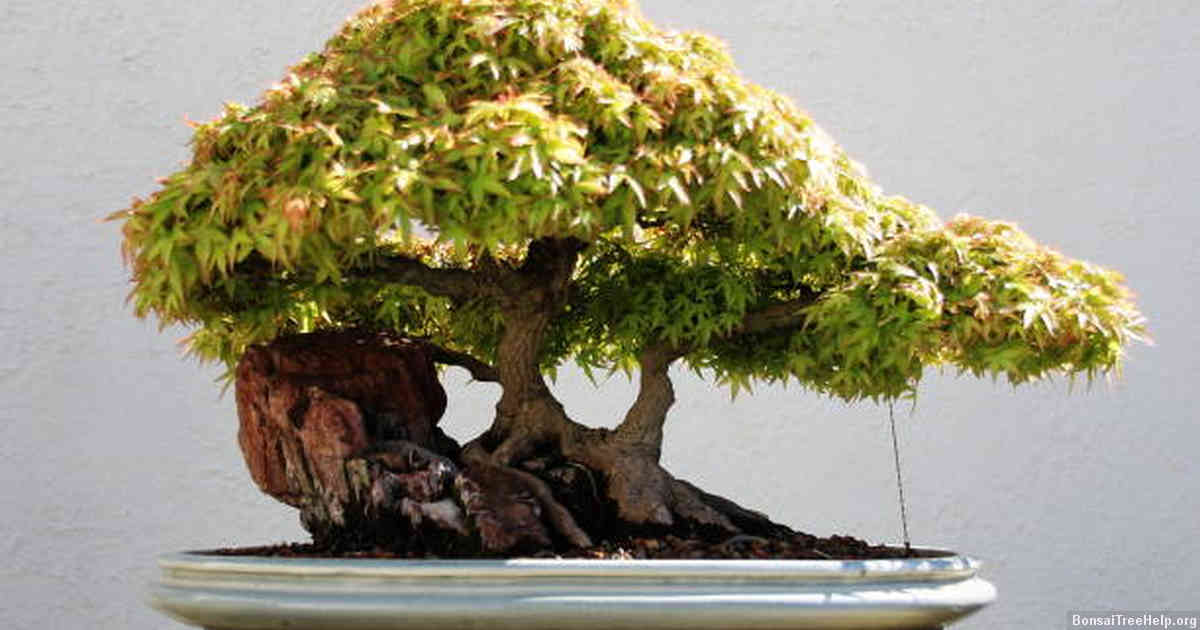
When the color of a bonsai tree’s leaves turn from healthy green to an unhealthy brown or yellowish hue, it could indicate that something is wrong with the plant. More often than not, this means that one of two issues may be present: either your bonsai has a nutrient deficiency or you are over-fertilizing it.
Fertilizers provide essential nutrients to plants and help them grow properly in the soil they are planted in. In general, a balanced fertilizer – meaning one containing equal parts nitrogen, phosphorus, and potassium – should be used for bonsai trees as this helps promote healthy growth and foliage. If you feed your bonsai too much fertilizer or fertilize it too frequently however, then the concentration of salts in the soil can build up which will cause waterlogging and root damage resulting in dry brittle leaves.
Nutrient deficiencies on the other hand occur when certain minerals required by plants are lacking in their environment. Symptoms vary depending on what particular mineral is absent but usually include stunted growth and discolored leaves alongside symptoms like wilting or leaf drop. An easy way to identify if your bonsai is suffering from such a deficiency is to try using an soil testing kit specifically designed for these type of plants; this will give you concrete information about what minerals exist within your bonsai’s current soil composition allowing you to choose an appropriate course of action depending on what corrections need to be made.
Common Pests and Diseases that Affect Bonsai Leaves
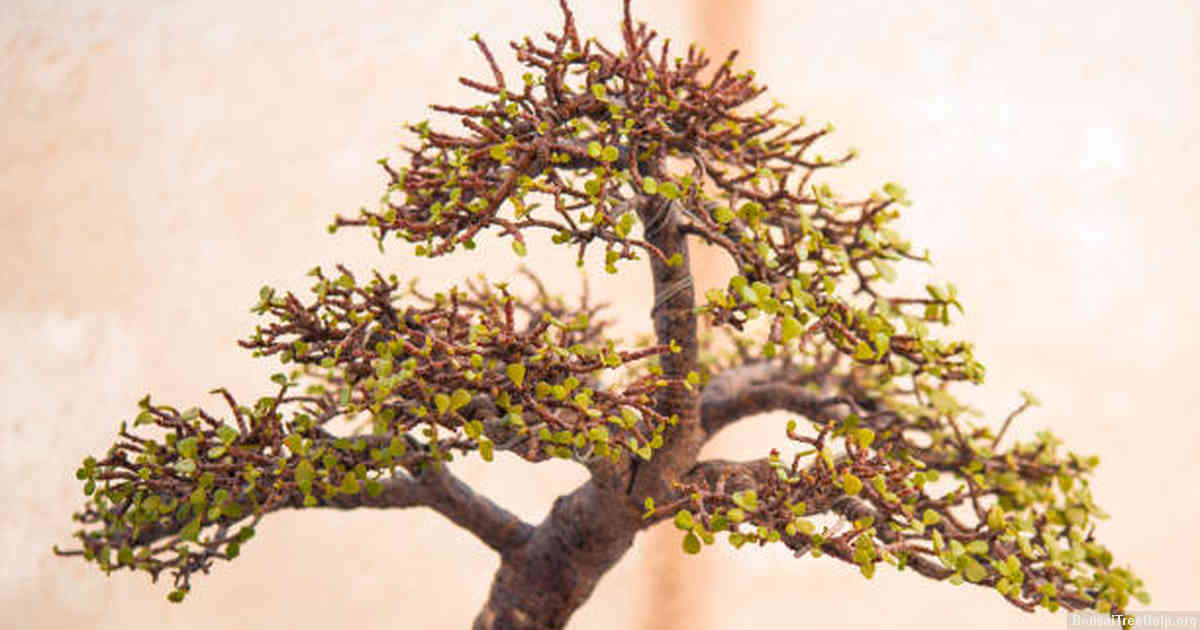
Keeping a bonsai alive is not an easy task and if you’ve recently noticed the leaves on your plant turning hard, it’s likely due to a common pest or disease. There are many diseases that can affect bonsai, such as phomopsis needle blight and fire blight, both of which cause discolored patches on leaves and stems. Fortunately, these infections usually respond well to fungicide treatments.
Another issue that affects bonsai leaves is insect pests like aphids or scale insects. While aphids feed on the sap from the underside of leaves, scale insects attach themselves to stems and feed off the plant’s juices directly. To eliminate these pests, use organic insecticides or natural predators such as ladybugs or lacewings.
Overwatering can also lead to hardening of foliage since too much moisture will disrupt oxygen uptake in roots and start causing cell death in young leaves. The best way to avoid this is by monitoring soil moisture levels with a moisture meter so you know when it’s time to water your bonsai again. With proper care and attention, your bonsai should stay healthy for years to come.
Tips for Proper Pruning Techniques to Maintain Healthy Branches

Proper pruning is essential for keeping a healthy bonsai and avoiding hardening leaves. When pruning your tree, it’s important to keep in mind the exact type of tree you have as different varieties will require different techniques. For example, deciduous trees such as maple, elm and beech should be pruned only while they are dormant during late fall or winter. Evergreen plants such as pines, junipers and cedars can be pruned year-round. No matter what kind of plant you’re caring for though, make sure you take great care when trimming off branches so that you don’t accidentally cut off too much growth or damage vital parts like buds or branches.
Ensuring proper watering is also key to avoiding hardening leaves on a bonsai. This means having good soil drainage and carefully monitoring the moisture level throughout the day; Overwatering can cause just as many problems with leaf hardness as underwatering. A digital hygrometer is an invaluable tool for giving yourself precise control over water levels in the soil; they usually come with useful timers built in too so that you won’t forget to check up on things regularly. Watch out for pests that could affect the health of your bonsai like aphids, mealybugs and spider mites – if any of these show up then use organic insecticides to treat them promptly before serious damage is done.
Troubleshooting: What to Do When Your Leaves Start Turning Hard
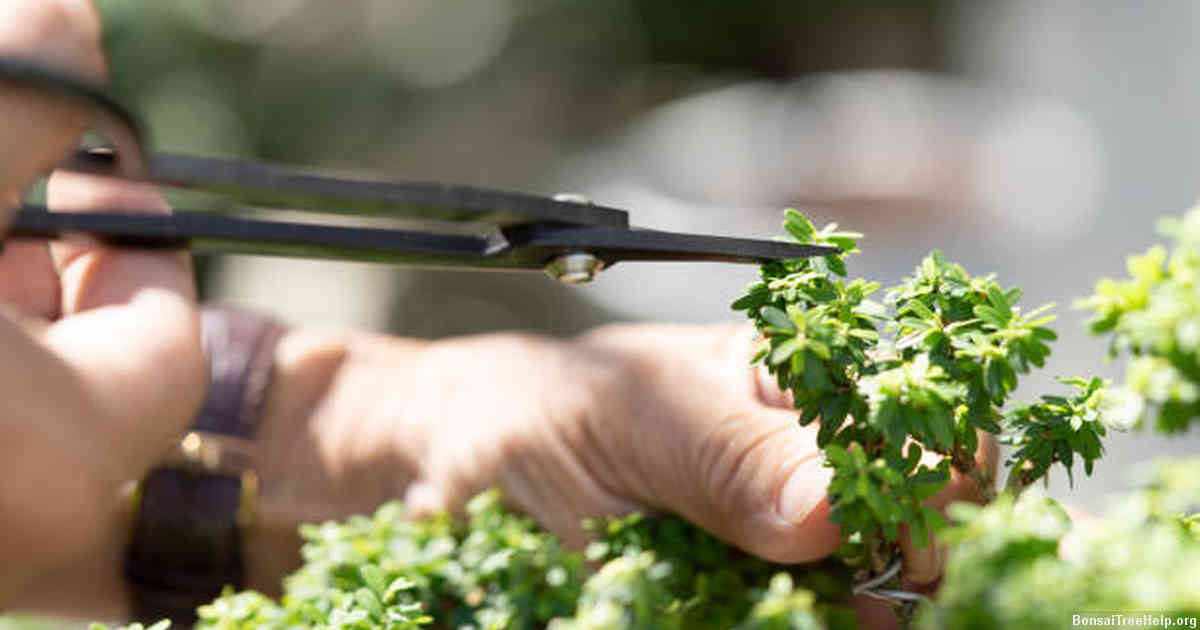
If the leaves on your bonsai start to turn hard and brittle, it is important to recognize the signs of distress quickly and take corrective steps. In some cases, environmental factors such as an excessive amount of direct sunlight or not enough water may be causing your plants’ leaves to dry out. It can also be caused by a lack of essential nutrients in the soil or a pest infestation.
To avoid further damage to your bonsai’s health, try moving it away from any direct sunlight into a shady area if too much light could be the cause. You can then increase watering frequency if you suspect drought-like conditions are affecting your tree’s vitality. Be sure not to overdo it either – too much water can prevent oxygen from getting to roots which can lead to root rot and other fungal issues. Adding organic compost enriched with macro and micronutrients will help improve soil fertility for increased leaf health.
An insect infestation might have been what triggered this issue in the first place; so check for pests like aphids or mites that tend to enjoy feasting on fragile plant life like bonsais. Treat these pests with natural remedies such as neem oil or ladybugs before they become overly established on your tree so that you don’t end up dealing with large scale damage done by them due down the line.
Leave a Reply